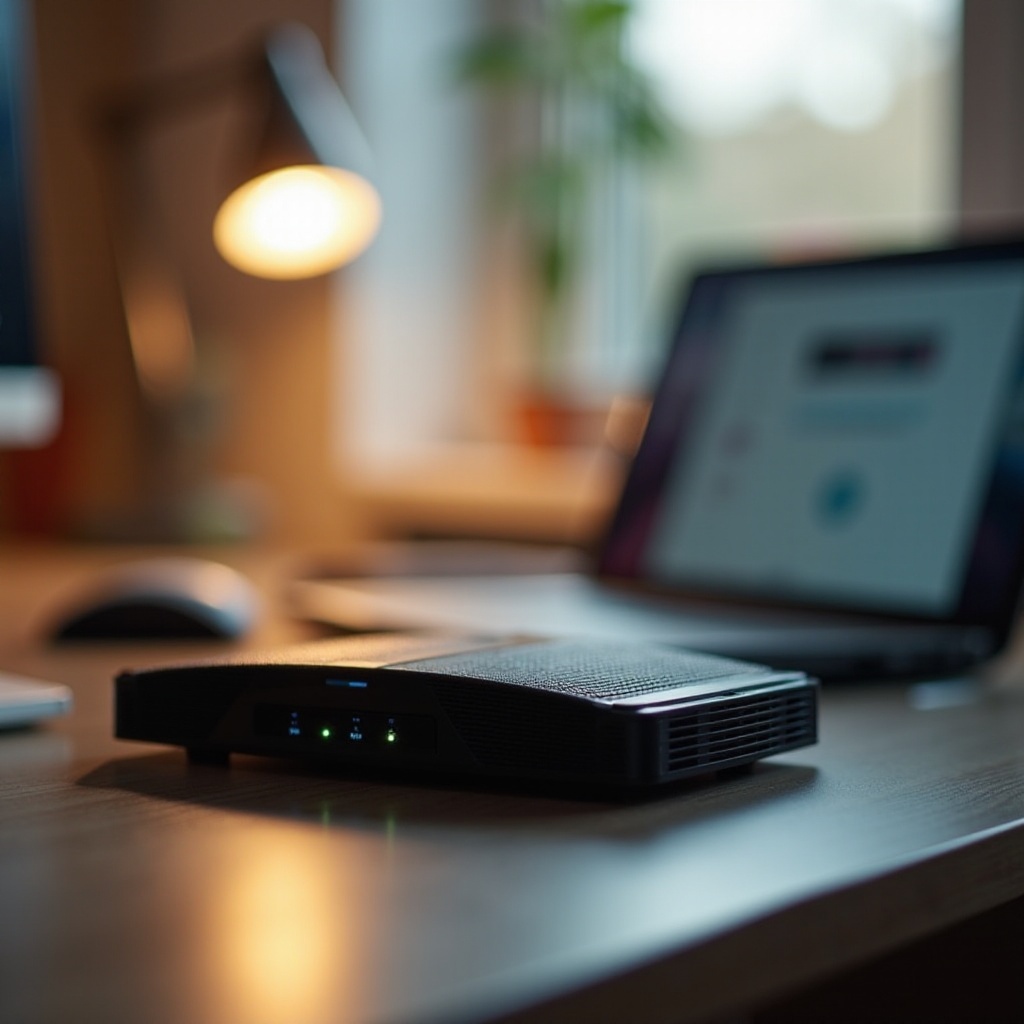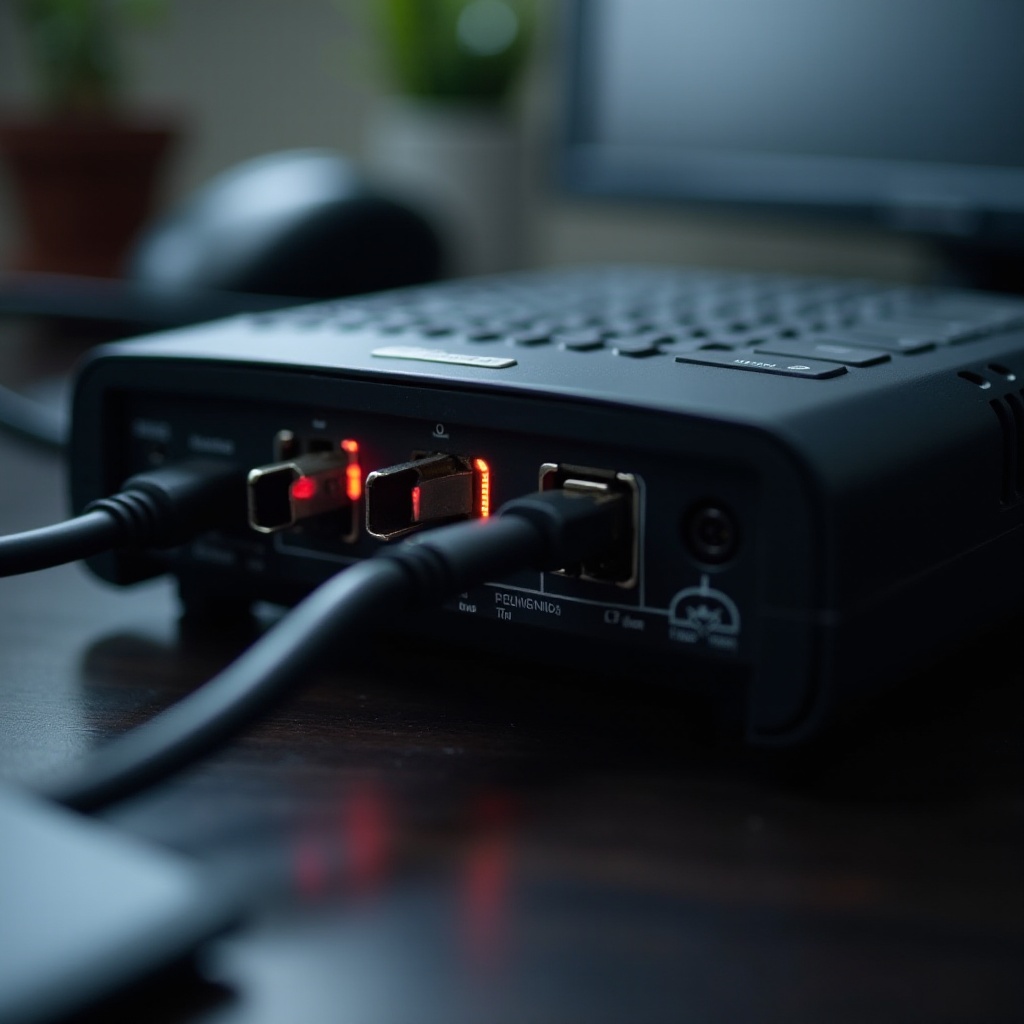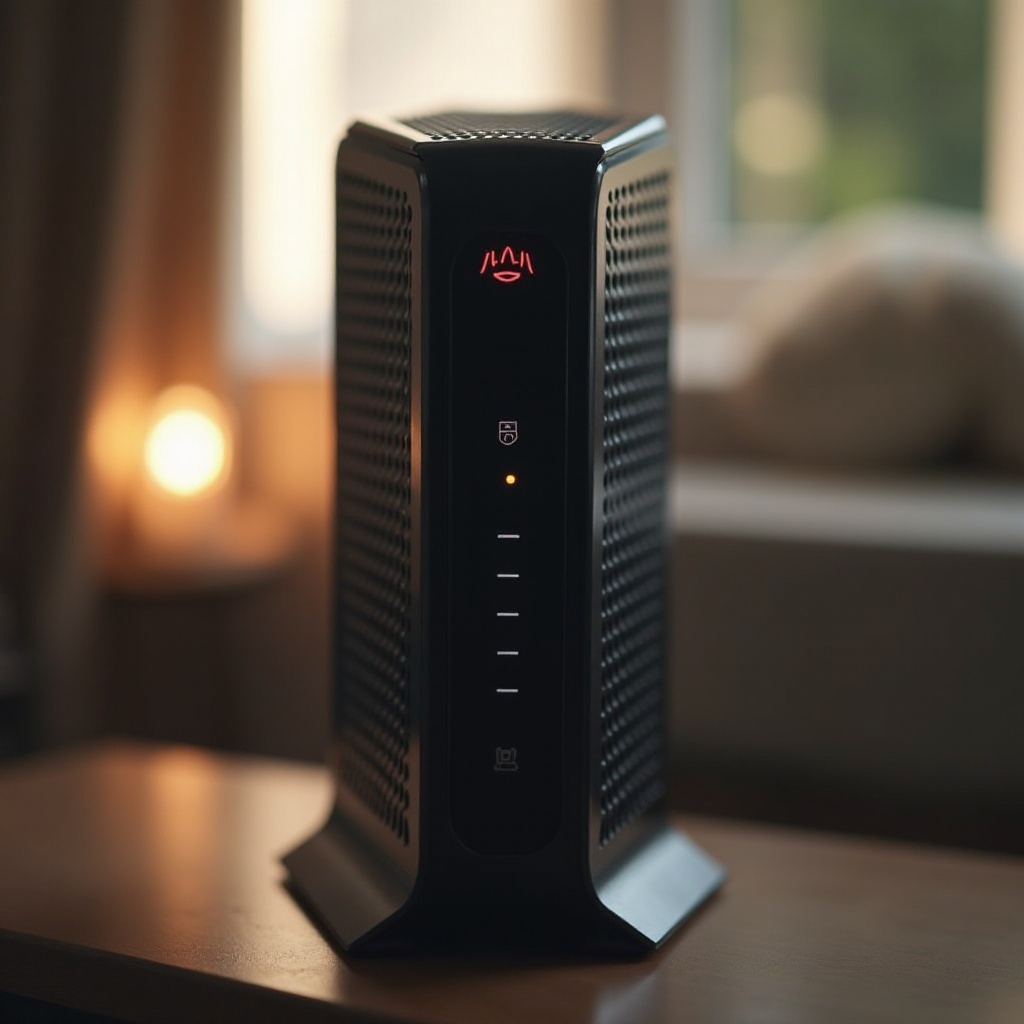Understanding and Troubleshooting a Modem Not Turning On
Introduction
Modern connectivity is indispensable in our daily lives, whether you’re working remotely, indulging in streaming entertainment, or managing smart home devices. Encountering a modem that refuses to turn on can feel like hitting a wall in your digital routine. Yet, before frustration takes over, rest assured that most modem issues can typically be resolved with careful and systematic troubleshooting. In this comprehensive guide, we explore the myriad reasons your modem might not be turning on and provide you with practical steps to fix it.

Understanding the Basics of Modem Functionality
Before diving into solutions, it’s important to grasp the fundamentals of how a modem operates. A modem acts as a critical bridge, connecting your home network to the expansive world of the internet by translating data from your Internet Service Provider (ISP) into a format recognizable by your devices. It comprises multiple components: a power supply for energy, intricate internal hardware, and precise software systems that collectively ensure connectivity. When any of these components malfunction, a modem may not power on. Familiarizing yourself with these aspects helps pinpoint potential issues.
Initial Troubleshooting Steps
Addressing the simplest issues first often aids in a swift resolution. Consider these initial steps:
- Ensure your modem is firmly plugged in.
- Press and hold the power button for several seconds.
- Inspect the device for any visible signs of damage.
These quick checks serve as a solid baseline for diagnosing the problem. Should further complications prevent the modem from turning on, more detailed steps for examining the power supply and connections should be taken next.
Checking the Power Supply
One of the most typical causes of a non-responsive modem is an irregular power supply. To tackle this:
- Verify the secure attachment of the power cord to both the modem and the electrical outlet.
- Test the outlet by plugging another device into it to ensure electricity is flowing.
- For those using a power strip, confirm that it’s switched on and functioning correctly.
A robust power connection negates a significant pool of problems. Should power not be the core issue, the following logical step is to assess your modem’s cable connections.
Inspecting Cables and Connections
Faulty or inadequately connected cables can obstruct your modem’s power supply chain. For inspection:
- Assure that all connected cables are secure.
- Investigate for any signs of damage or wear along the cables.
- Substitute any damaged cables with new, functional ones.
Properly secured and intact cables are imperative for unimpeded power flow, keeping your modem operational. If power and connections are intact, hardware problems might be the next suspect.
Identifying Hardware Problems
Hardware malfunctions within the modem itself could be at fault. Keeping an eye out for these observations can help:
- Inspect the modem for physical damage or excessive heating.
- Be attentive to unusual noises like buzzing or clicking from the device.
- If possible, use a different modem to diagnose any persistent issues.
If any hardware-related signs arise, consulting the modem’s warranty documentation or seeking professional technical support is recommended.
Using Modem Diagnostic Lights
Modern modems feature diagnostic lights to offer status readouts. If no lights activate, this usually indicates a power issue. Blinking or error lights necessitate referencing your modem’s manual for specific diagnostic codes and subsequent steps.
Recognizing Signs of Internal Damage
Potential signs of internal damage include overheating, unusual sounds, or a burning smell. If these symptoms are detected, cease using the modem to forestall further harm, and contemplate either replacement or repair.

Resolving Software or Firmware Issues
In some scenarios, software or firmware errors can inhibit a modem from turning on. These problems often require updates or settings modifications.
Updating Firmware
Firmware updates are essential in resolving bugs and ensuring optimal performance:
- Access your modem’s configuration interface via a web browser.
- Navigate to the firmware update section and adhere to given instructions.
- Ensure the update process remains uninterrupted to prevent corruption.
Reconfiguring Software Settings
Improper settings can impede your modem’s performance and start-up processes:
- Reset the modem to factory configurations through the reset button.
- Re-enter necessary login credentials and personalized settings.
Reconfiguring can clear internal conflicts and restore functionality.
When to Seek Professional Help
Choosing to enlist professional help becomes prudent when all personal troubleshooting measures have proved ineffective:
- Exhausted troubleshooting methods with no progress.
- A modem still under warranty with available manufacturer support.
- Detected internal damage or complex software failures beyond simple repairs.

Preventative Measures for Future Modem Issues
Proactively maintaining your modem can preempt many future issues and improve longevity. Consider these strategies:
- Regularly inspect and replace aging cables.
- Keep firmware and software consistently up to date.
- Maintain the modem’s placement in a well-ventilated area to circumvent overheating.
Following these practices ensures smoother functioning and reduces potential disruptions.
Conclusion
Facing a modem that refuses to power on can disrupt daily lives but need not escalate to chaos. By delving into modem basics and employing this structured troubleshooting guide, you can effectively diagnose and rectify issues or make informed decisions on professional intervention. Proactive maintenance and consistent updates can significantly lower the odds of encountering power issues in the future.
Frequently Asked Questions
What if my modem is getting power but still not turning on?
If your modem receives power yet does not activate, double-check cable connections and try resetting it. Ongoing issues might signal internal hardware damage, necessitating professional inspection or replacement.
How often should I update my modem’s firmware?
Regular firmware updates are important. Check for new updates every few months or configure your modem to automatically update when new versions become available.
Is it safe to reset my modem regularly?
Though resetting clears configurations and can solve issues, frequent resets can disrupt settings. Reserve resets for specific troubleshooting or issue resolution needs.
